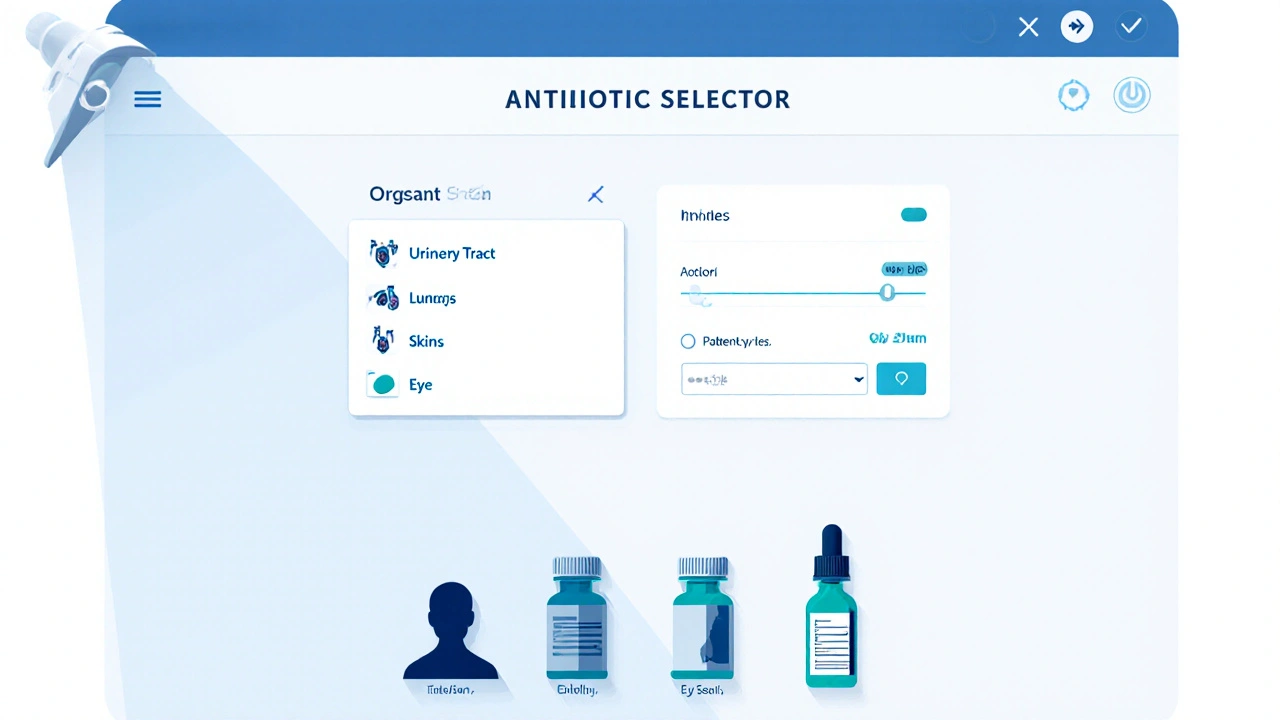Baycip vs Levofloxacin: What You Need to Know
When evaluating Baycip vs Levofloxacin, you’re looking at two fluoroquinolone antibiotics that share a family but serve distinct roles in eye care and systemic infections. Also known as Ciprofloxacin eye drops (Baycip) and oral Levofloxacin, this comparison helps you decide which drug fits a particular infection, how to dose it safely, and what side‑effects to watch for.
One of the most common scenarios involves ciprofloxacin eye drops, marketed as Baycip, used to treat bacterial conjunctivitis, corneal ulcers, and post‑surgical eye inflammation. Unlike oral Levofloxacin, which tackles respiratory, urinary, and skin infections, the eye‑drop formulation stays on the surface, delivering high local concentrations while minimizing systemic exposure. A related concern is antibiotic resistance, which can develop if either drug is overused or used for viral infections. Understanding the resistance patterns of common eye pathogens versus systemic bacteria guides the choice: Baycip targets Gram‑negative ocular flora effectively, whereas Levofloxacin covers a broader spectrum, including atypical organisms. Dosage guidelines differ too—Baycip is typically applied 1–2 drops every 2–4 hours for the first two days, then tapering, while Levofloxacin is taken once daily or twice daily depending on the infection severity. Both require proper patient counseling on potential side‑effects: Baycip may cause transient eye irritation, while Levofloxacin can lead to tendon discomfort or QT‑interval changes.
Below you’ll find a curated list of articles that dig deeper into each aspect mentioned here. From detailed dosage charts to real‑world case studies on bacterial conjunctivitis, from safety tips for preventing resistance to side‑effect management strategies, the collection gives you actionable insight. Whether you’re a patient trying to understand your prescription or a clinician sharpening treatment decisions, the posts below break down the science into practical steps you can use right away. Keep reading to see how Baycip vs Levofloxacin plays out across different conditions, dosing regimens, and safety considerations.

Baycip (Ciprofloxacin) vs Alternatives: Comprehensive Comparison Guide
A detailed guide comparing Baycip (ciprofloxacin) with common antibiotic alternatives, covering effectiveness, side effects, suitability, and a decision checklist.
Continue Reading



